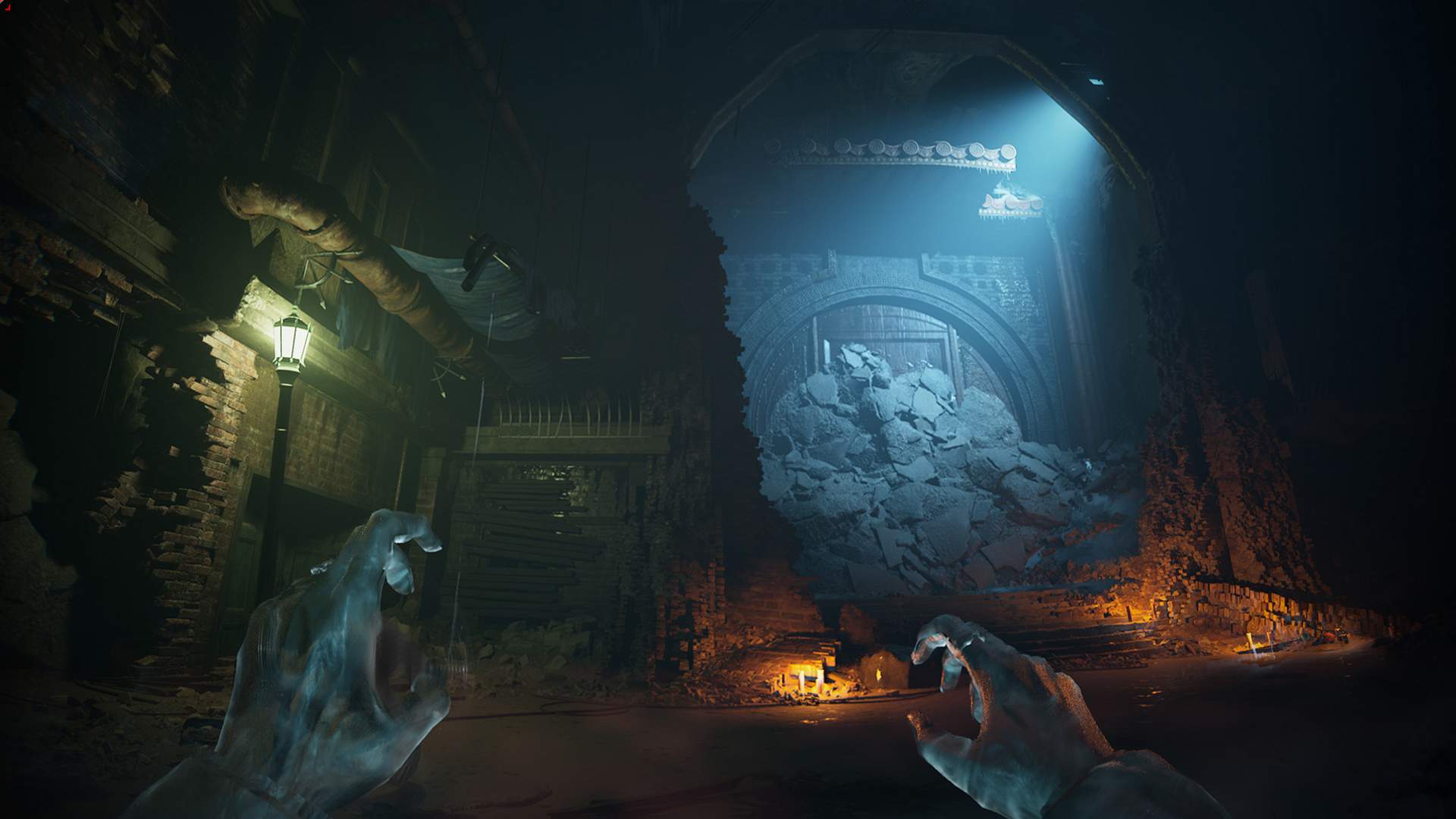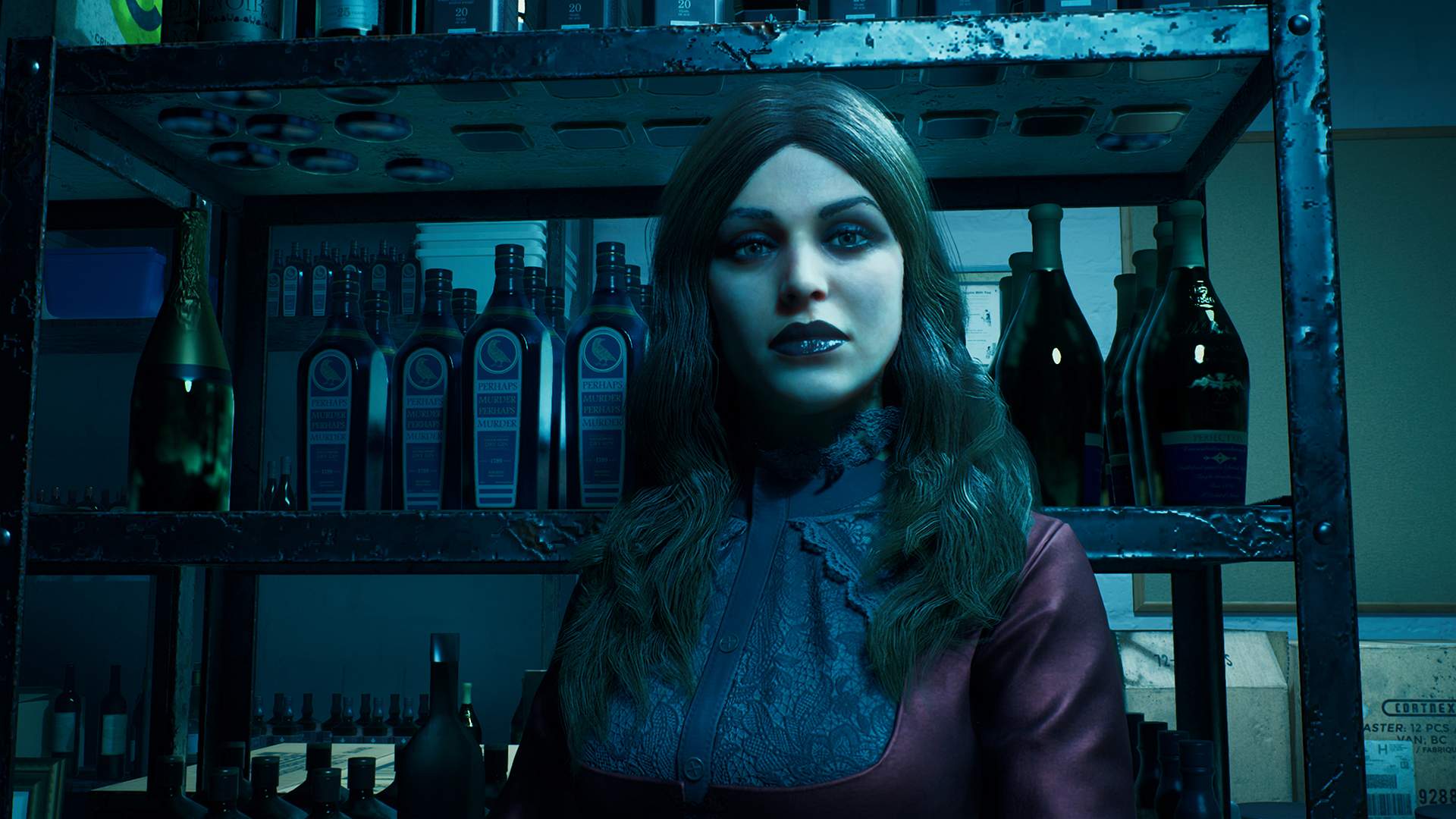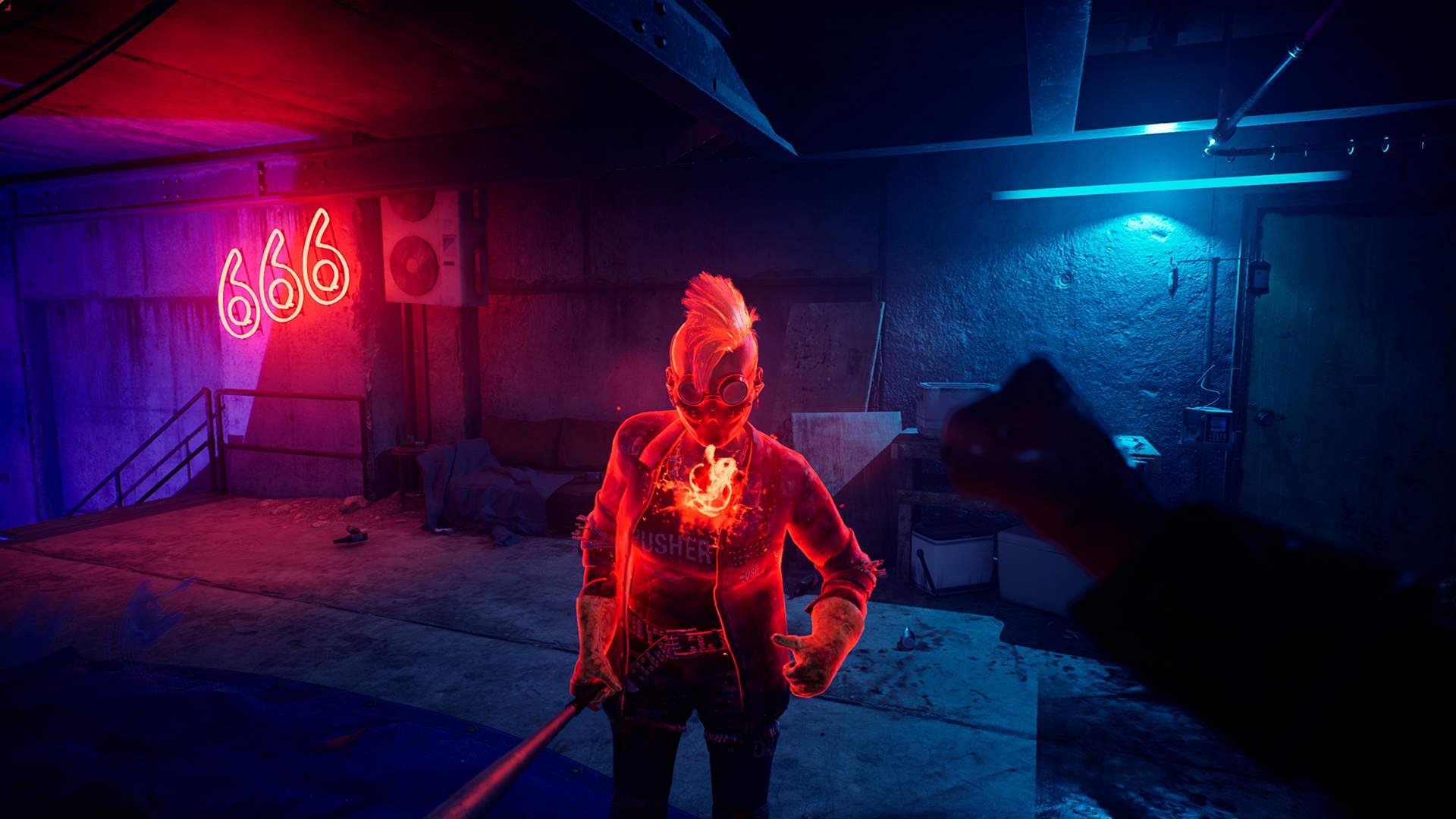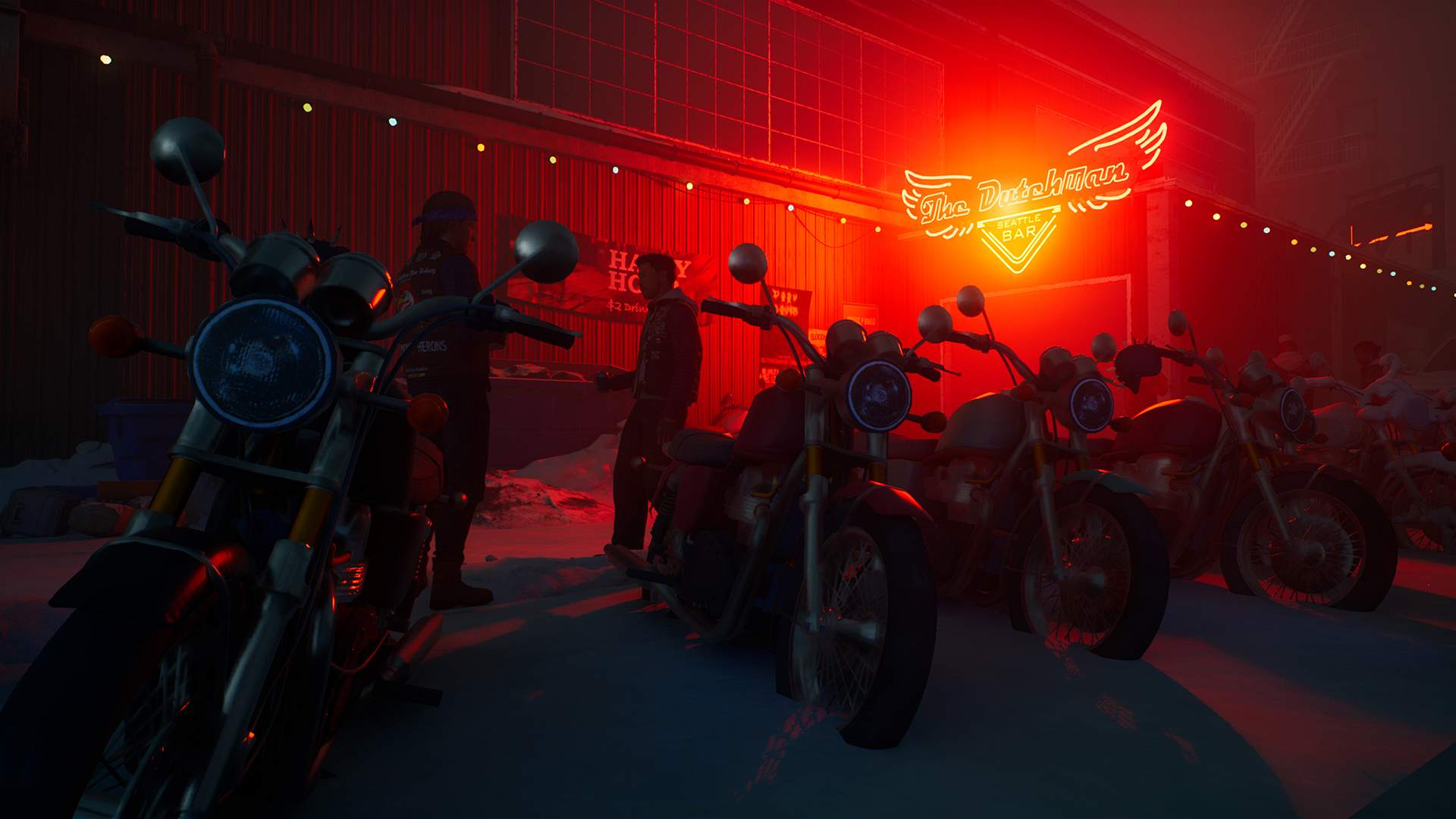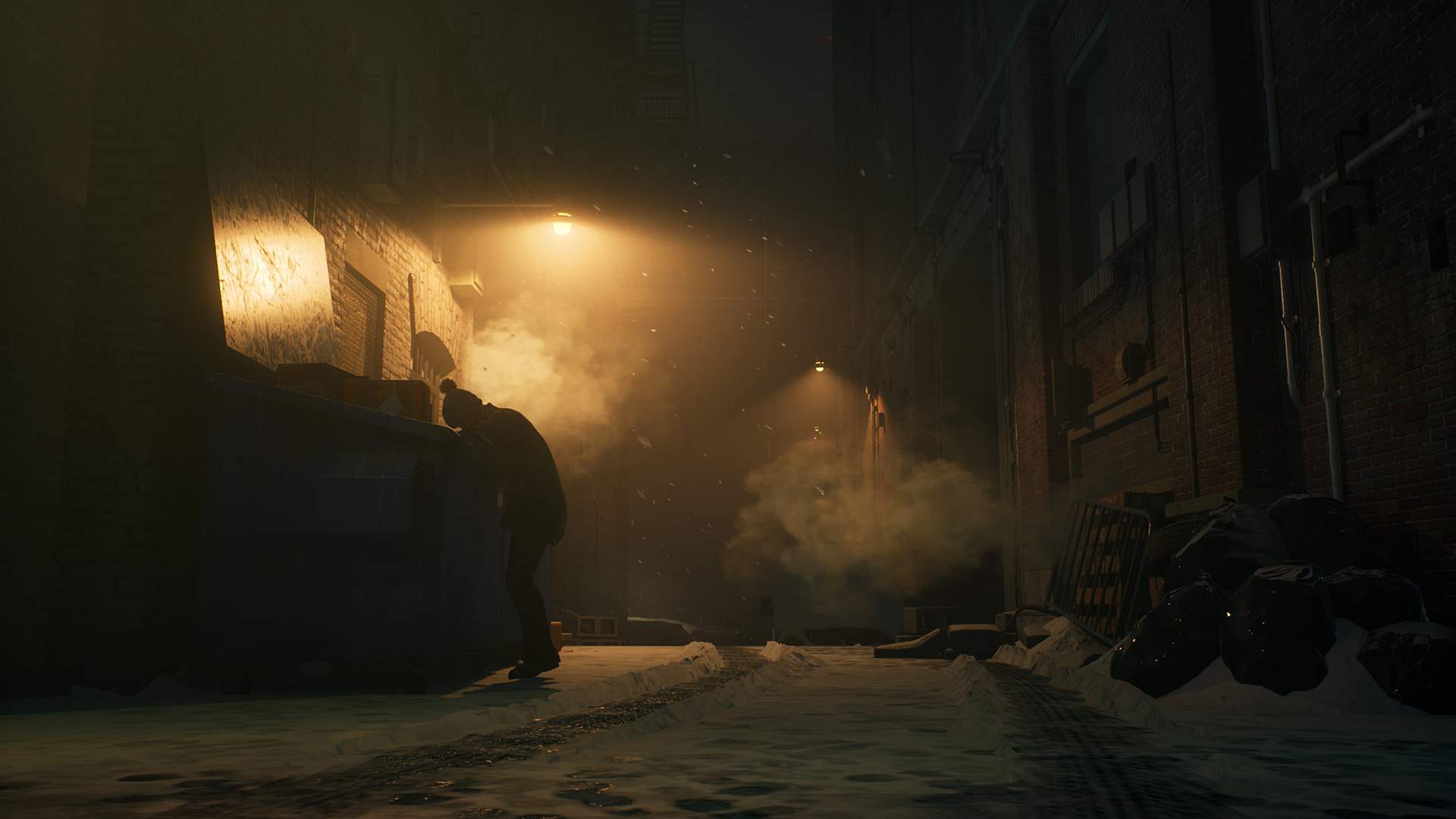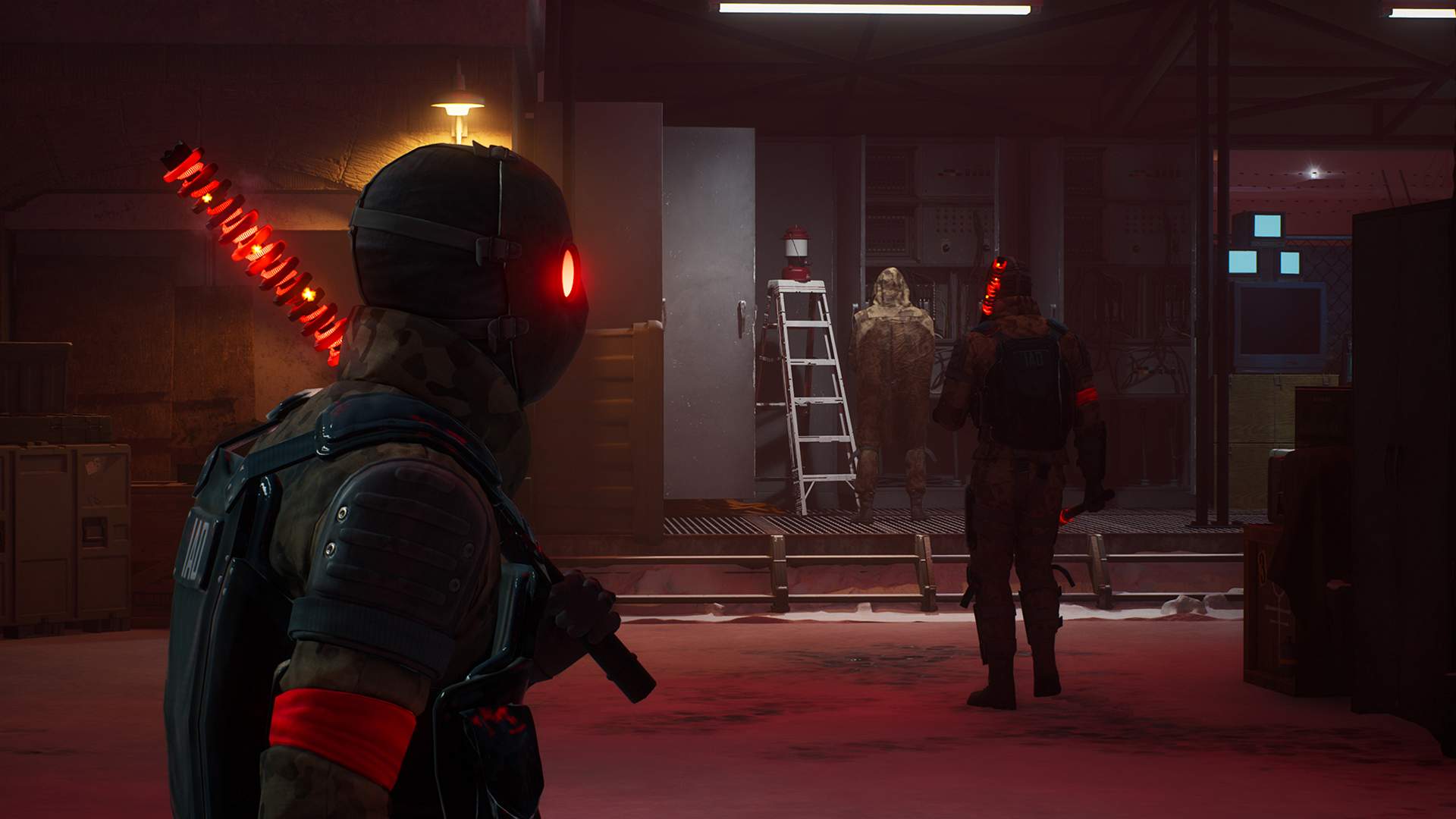Vampire: The Masquerade – Bloodlines 2 Hands-On Preview – From Development Hell To Triumph?
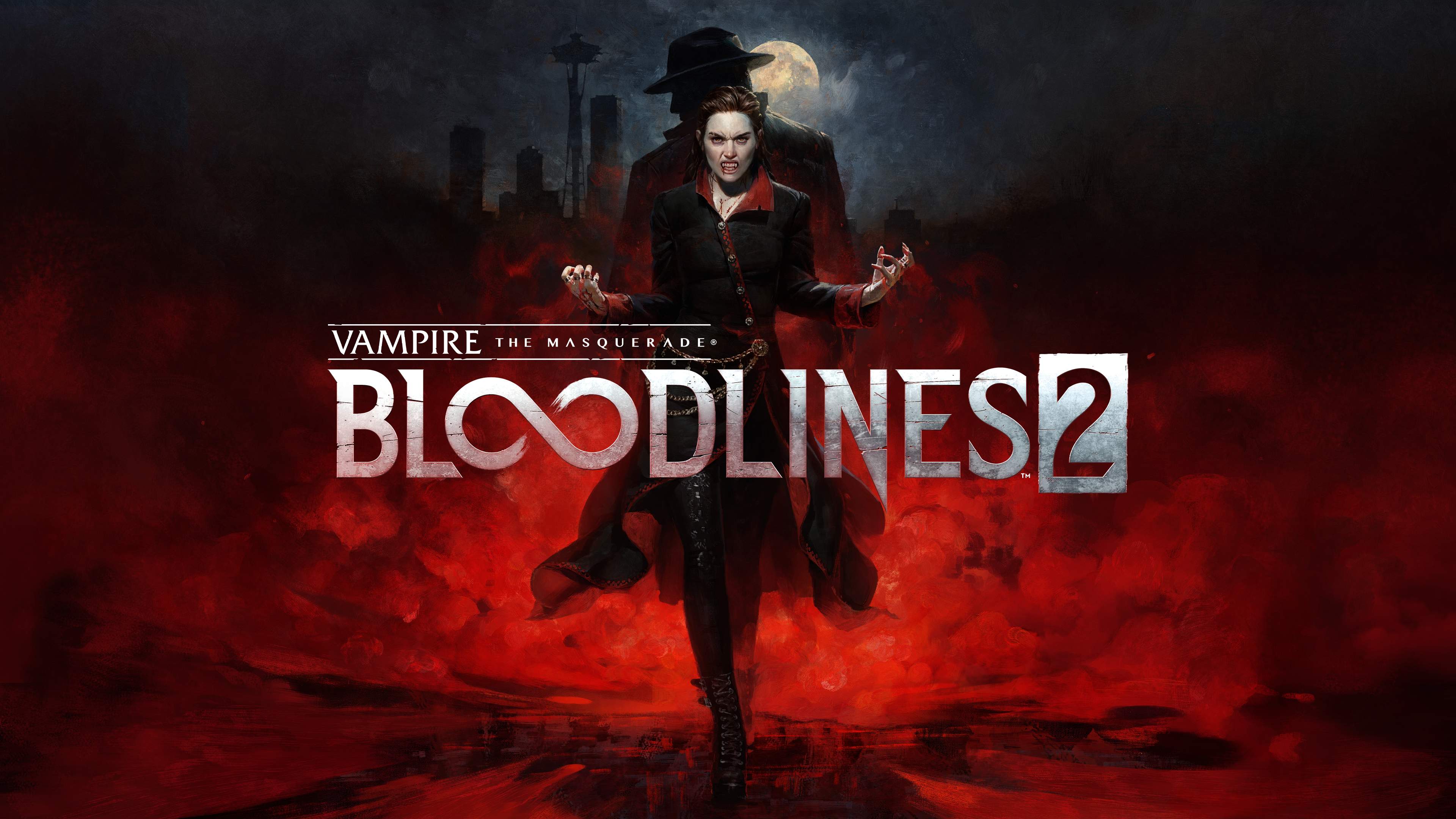
Vampire: The Masquerade – Bloodlines 2 Hands-On Preview: We were lucky enough to get an early hands-on with Vampire: The Masquerade – Bloodlines 2 on PC. And the short version is, I’m positively amazed at the high production quality of the game. After the years of delays and going through different developer studios, I was sceptical, but seeing the game first-hand made me hopeful for the finished product.
We got to play the first few missions. This was on PC in Ultra Settings, and the PS5 performance remains to be seen. But more on that below, let’s dive in!
Vampire: The Masquerade – Bloodlines 2 Hands-On Preview – From Development Hell To Triumph?
Welcome to Seattle
You play as Phyre, an elder vampire who was asleep from the 1920s until modern times. You wake up in 21st century Seattle around Christmas time. The game starts out in a building where you are taught the basic movements, abilities, and combat mechanics of vampires. Your movement through the world involves running up walls, sneaking through vents, gliding for longer distances, and using your heightened senses to spot points of interest. A white circle in the middle of the screen gets larger when interactable objects are nearby, such as story objectives or items. There are also waypoints in the open world, but not so much while inside buildings.
The combat revolves around using dodges, bare-handed attacks, and Telekinesis to throw objects and jank enemies around. For example, you can use Telekinesis to pick up weapons dropped by enemies from a distance and throw them back, or use objects in the environment. I threw fire extinguishers that exploded, knives of disarmed enemies, guns, and various household objects that lay scattered around. From my time with the game it doesn’t seem like you can equip any weapons yourself, so the only way to use guns, for example, is to use telekinesis and grab them from defeated enemies.
You can then aim guns and discharge them at enemies. I started every encounter bare-handed, however. You also have special vampire abilities that let you manipulate and overwhelm enemies. You can possess foes to remote-control them and turn them against each other, or command them to kill themselves, or make them forget you were ever there. The game is gore-heavy, with frequent dismemberments including grisly decapitation.
Your starting abilities depend on what class you pick – there are four classes and two DLC classes. There’s also a character creator where you pick your gender and design your own character. More cosmetics are unlocked throughout the game and can be equipped at any time from the menu. The game is in first person view, so the only time you see yourself is during dialogues and cutscenes.
Your starting class also affects the starting opinion other characters have of you, based on their affiliations. It seems you can unlock the same abilities across classes though. There is a skill tree where you buy new abilities as you progress in the game to earn ability points.
The Silence of the Blood
The combat is styled more towards stealth and using your abilities. Open conflict isn’t too difficult on easy to normal, but some encounters can be quite challenging on hard if you are spotted. In the early game sections that I played, the enemies were humans, although perhaps there will be vampire fights too. You can sneak up on foes to perform stealth kills and thin them out using your abilities before entering combat. The way you restore health is by “feeding” on enemies. You can do this either on stealth kills from behind, or on the final hit in open combat. However, during combat other enemies can still hit you while the feeding animation is ongoing, so you might lose more health than you generate.
Outside of mission encounters, you generally must remain unnoticed. You aren’t allowed to break what the game calls “The Masquerade,” which is you hiding the fact you’re a vampire. If humans spot you using supernatural vampire abilities, the Masquerade meter at the top of the screen will rise (i.e. their suspicion). These are things like using your vampire sprint, gliding, feeding on people, or attacking people on the streets. If you break the “Masquerade”, i.e. people realize you’re a vampire, one of the other vampires will instantly appear to ram a stake through your heart and kill you.
All the vampires must keep the secret that vampires are real and if anyone breaks this rule they are killed. Then you get a game over screen and respawn at the last checkpoint. But other than losing progress since the last checkpoint there doesn’t seem to be any long-term consequence that I saw.
Keep ‘Em Talking
Dialogue choices are also a big part of the game. My best comparison is that it’s similar to Kingdom Come Deliverance 2 or Baldur’s Gate 3, where you always have multiple dialogue choices, and what you pick affects how people treat you and how quests unfold. The dialogues are meaningful and can have long term impact on the story. When making an important choice there will be a popup how the other character feels about it, whether they liked it or not. Picking the “nice” dialogues will yield approval, while picking the confrontational dialogues will yield disapproval. This will offer a lot of replay value to play through all paths and outcomes.
The game only has one autosave and no manual saves, so there’s no quick way to jump back and test other choices. This is perhaps intentional to give your choices a certain finality and encourage the game’s replay value.
After the initial tutorials in the starting building, you go outside on the streets of Seattle. It’s Christmas time and the city is snowy. The way I’d describe the world is Cyberpunk 2077 in winter; there are many neon lights and the graphics are high-end. It looked shockingly good and ran perfectly smooth on PC. If PS5/Pro performance is anything close to it we’re in for a treat!
Clean Up The Streets
The open world is divided into multiple districts. The districts are relatively small. You can explore only on foot, as I didn’t see any vehicles that could be used. Many of the buildings can be climbed through parkouring. You can run up walls and climb up pipes. This vertical open world design reminded me of the parkouring in Dying Light 2. There’s also a collectable counter on the map for the completionists. The district I played had three item types tracked on the map. There are also codex entries scattered around the game which can be picked up and provide some backstory.
There are little side events on the map that get marked when nearby. Some civilians looking for a hookup who can be lured into alleys and feed on them, and some rowdy civilians that are looking for a fight. These are a source of bonus XP. Main quests are also marked with icons on the open world map. Oftentimes you can use your heightened senses to track paths to objectives, such as scent trails.
You can also enter some of the buildings, which are marked red on the map. These are important mission related places. Other buildings can’t be entered, but can sometimes parkour to their roof. The city looks very nice and is fun to explore, buildings are festively decorated to get you into the Christmas spirit.
Overall this felt more like an AAA game than I expected and less like a project that went through development hell.
I went into Bloodlines 2 without any prior knowledge of the Vampire games. I had only seen the trailers and heard of the delays, but was blown away by how polished the game looks (PS5 performance pending). I’d describe it as a mix of BioShock’s combat, Dying Light 2’s parkouring, Baldur Gate 3’s dialogue system, and Cyberpunk 2077’s world design. It now climbed to one of my most anticipated games for the rest of 2025 and I can’t wait to play the full thing.
Vampire: The Masquerade – Bloodlines 2 releases for PS5 on October 21, 2025.

